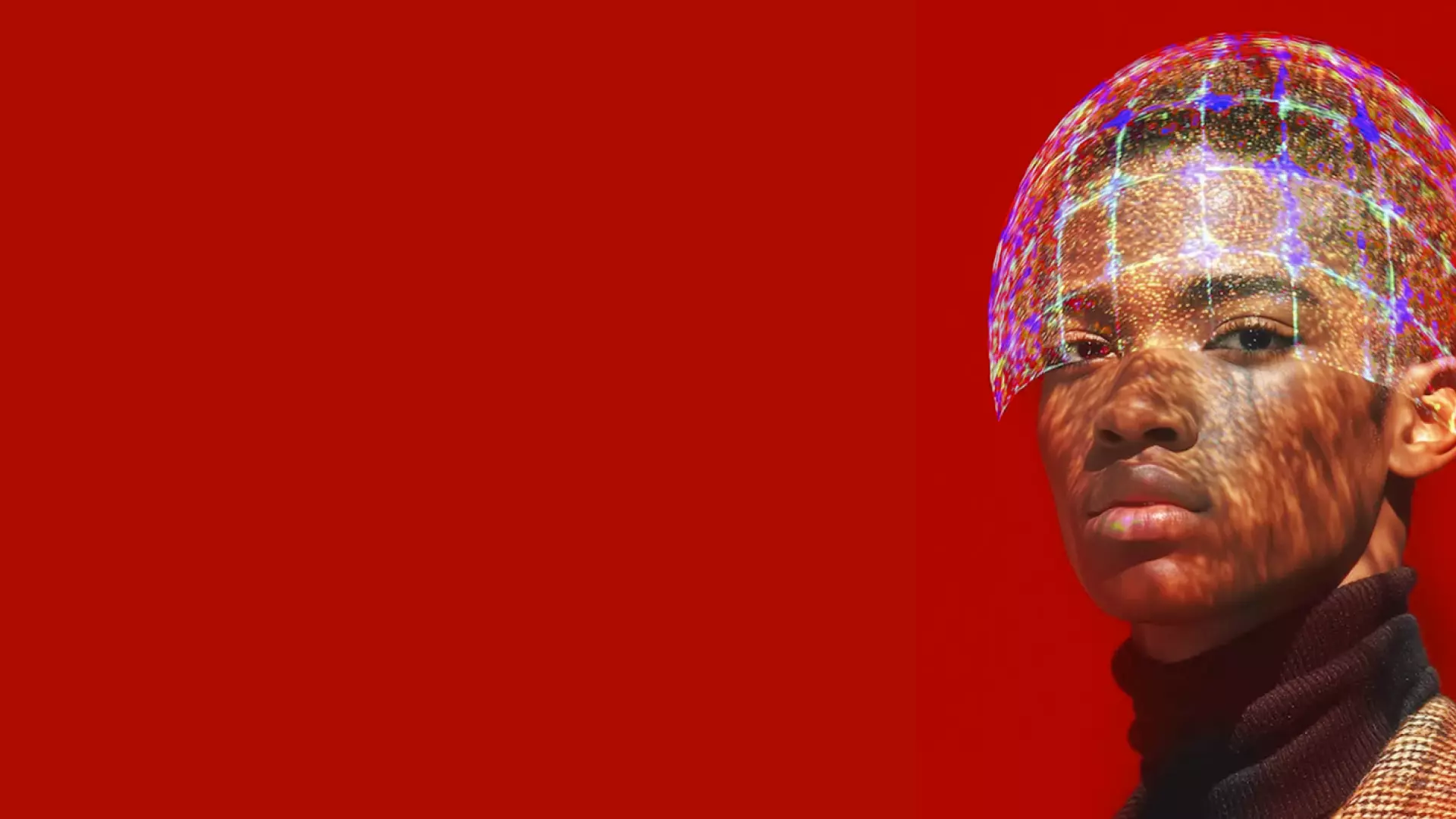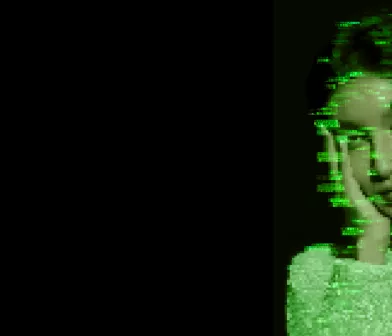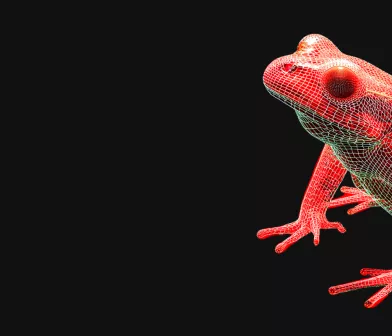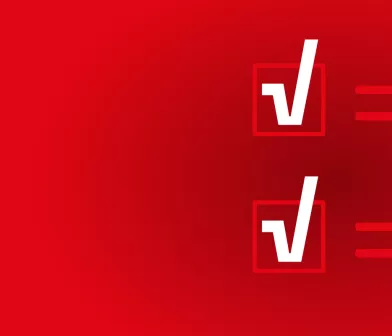As an AI agency, all our teams take an AI-first approach. Team AI Seduction also works with AI as an important sparring partner. From image generation and video to concept development and production automation, AI helps us visualize ideas faster, explore more options, and involve customers earlier in the process. Below is an overview of the tools that make our creative process faster, smarter, and more fun.

What AI tools are there?
How AI speeds up our creative workflow
28.07.2025
1. From prompt to image: image generation with Midjourney, ChatGPT4.o, and Firefly
Tools such as Midjourney and ChatGPT help us to quickly visualise ideas. Think of an atmospheric image, a background or even a first draft for a campaign image. Midjourney and ChatGPT are strong at creating images with character and atmosphere. One good prompt and you immediately set a direction.
We also use Firefly more often for practical things, such as generating textures or shapes. Think of glasses, ice cubes, or “bubbly” typography. We also replace objects or add something and easily adjust backgrounds.
We have noticed that a good image starts with a good idea. And a good prompt. You already need to know what you are looking for. So, you don't see it as a replacement for creativity, but rather as an accelerator. The starting point remains human input. Image in your head → prompt → test → Photoshop. It used to take hours, but now you have a first version within minutes. Provided you have written that good prompt.
2. From static to dynamic: Runway, Sora, Midjourney, and HeyGen
Moving images are becoming increasingly important online. Video stands out. It sticks. It converts.
For clients such as Esbjærg, we use tools such as Runway, Midjourney, and Sora to animate static images. A cocktail glass that subtly moves on a homepage used to be a lot of work or even impossible without a shoot. Now we do it with AI.
For pitches, we sometimes add that little bit of wow with videos generated with Sora. We are also testing HeyGen. We create avatars (fictional or real) that talk with voice, facial expressions, emotion, and hand gestures. It opens doors to new forms of storytelling. One where personalization and speed go hand in hand.
3. From idea to concept: AI as a creative co-pilot
Where ChatGPT mainly uses logical reasoning in development, we use it in creation as a sparring partner. For language, ideas, and framing. An idea becomes more concrete when you have to explain it. And that's what AI does: it asks questions. It rephrases. It offers alternatives. This helps us clarify the story. For colleagues and customers alike.
We use ChatGPT to:
- Explore concepts from multiple angles
- Formulate rules and ideas clearly for customers
- Make texts more compact and visually expressive
- Translate technical language (such as typography jargon)
- Check originality
We also work with reversed prompting: we enter an example image or video and ask AI: “What prompt would produce this result?” This way, we continuously learn from the process.
4. AI accelerates the creative process (but still requires vision)
What used to be a photo shoot in Iceland is now partly digital. But make no mistake: creativity remains the foundation. You still need the right idea. And the insight to translate that effectively with AI.
AI enables us to create more than before, test concepts faster, and involve customers earlier. Even if an AI image is “wrong” (with seven fingers, for example), it still helps to determine the direction. We convey our ideas more visually. Customers see what we mean more quickly. That's why we also test the use of AI for creating mood boards. Because in the initial phase, it's all about one thing: conveying feeling.
With Leonardo, Photoshop, and Illustrator, we scale up. More resolution. More texture. More character. We add realism. Imperfection. Detail. We fill in what the prompt was missing. We also use AI plug-ins in Photoshop and Illustrator for all kinds of practical things:
- Automatically aligning logos and elements
- Expanding backgrounds
- Generating 3D effects (e.g., ice structure over letters)
AI acts as a production engine here. It makes our work faster. Sleeker. More consistent.
From idea to impact, faster
What makes AI so powerful in creativity is its speed. AI brings momentum. From idea to image in record time.
- Making concepts tangible faster
- Engaging clients earlier and more actively
- Scaling visual production without sacrificing quality
But even here, the rule applies: AI is an accelerator, not a replacement. Creativity, taste, and direction remain human work. What AI gives you is space. Space to try more, learn faster, and get better.
The future of creation isn’t AI or humans — it’s collaboration. It’s not one push of a button. It’s sparring, tweaking, and fine-tuning.



